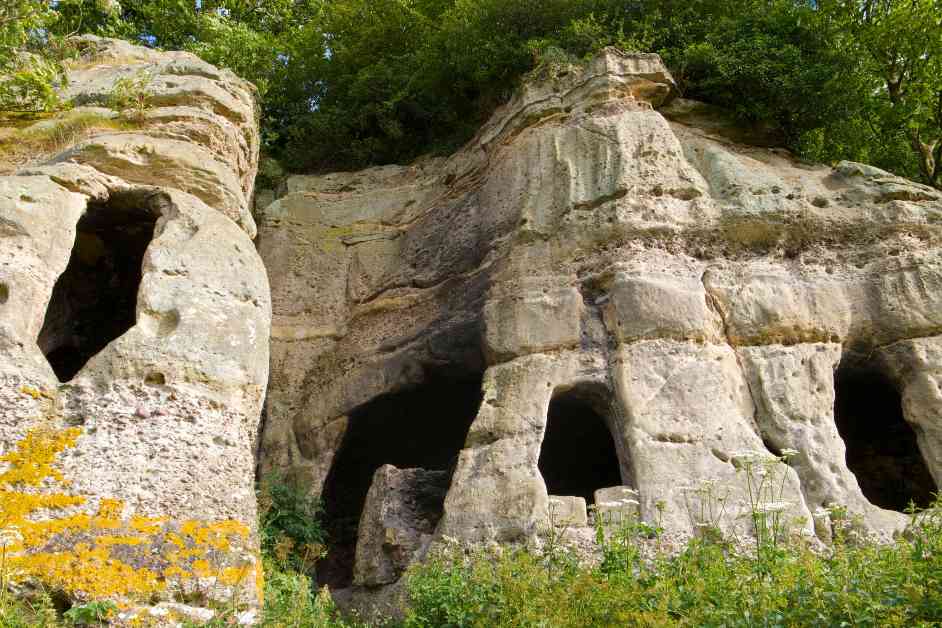Archaeologists recently made an interesting discovery regarding a British cave dwelling, identifying it as the refuge for an exiled Anglo-Saxon king back in 2021. The Anchor Church Caves, previously thought to be merely a decorative or humorous structure, turned out to be a genuine lair for a king.
Situated near the River Trent in central England, this 1,200-year-old cave house was constructed during the reign of the Northumbrian King Eardwulf. After being dethroned, Eardwulf was compelled to live as a hermit until he was later recognized as a saint.
Legend has it that Eardwulf, or St. Hardulph as he came to be known, sought refuge in the cave dwelling following his deposition and exile in A.D. 806. The exact reasons for his banishment remain uncertain. Historical records from the 16th century mentioned that Eardwulf resided in “a cell in a cliff a little from the Trent,” and he was eventually laid to rest five miles away from the cave in A.D. 830.
Lead investigator of the project, archaeologist Edmund Simons from the Royal Agricultural University in England, suggested that Eardwulf was likely under close surveillance by his adversaries while living in the cave. During Eardwulf’s rule over medieval England, the region experienced significant political turmoil, with seven major kingdoms and over 200 kings vying for power between the 7th and 9th centuries.
Following the assassinations of his two immediate predecessors, Eardwulf ascended to the throne in A.D. 796. However, his reign over Northumbria was short-lived as he was ousted, possibly by his own son, and forced to spend the remainder of his life in exile in the rival kingdom of Mercia, where he resided in the cave with his followers.
Simons explained that during this tumultuous period, it was not uncommon for deposed or retired royalty to embrace a religious existence, ultimately achieving sanctity and occasionally even canonization. Living as a hermit in a cave was a way for individuals to pursue this path.
This intriguing revelation sheds light on a lesser-known aspect of medieval history and offers a glimpse into the life of a king who faced adversity and chose a path of solitude and spirituality in the face of political upheaval. The discovery of this ancient cave dwelling serves as a reminder of the complexities and challenges faced by rulers during that era, providing valuable insights for historians and archaeologists alike.












